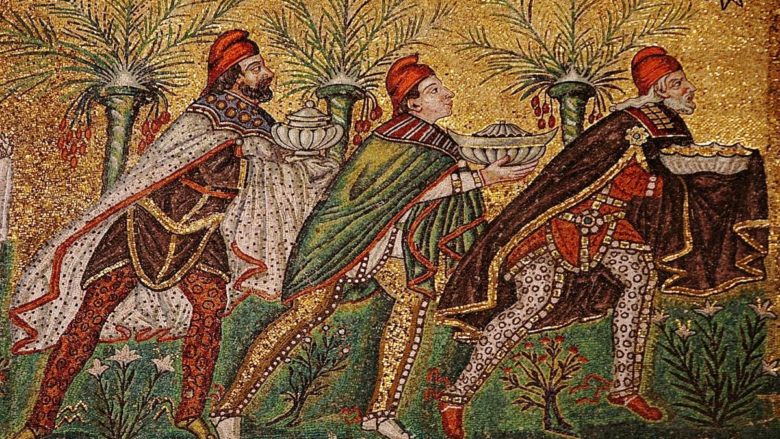
Time Out with Kevin Gallagher: Part One–Who Were the Magi
Part One of a four-part series for Time Out with Kevin Gallagher. Kevin interviews Tim and they discuss “Who Were the Magi?”
Maybe the Nativity doesn't look quite like we think it does
The biblical understanding and role of celestial observation.

Part One of a four-part series for Time Out with Kevin Gallagher. Kevin interviews Tim and they discuss “Who Were the Magi?”
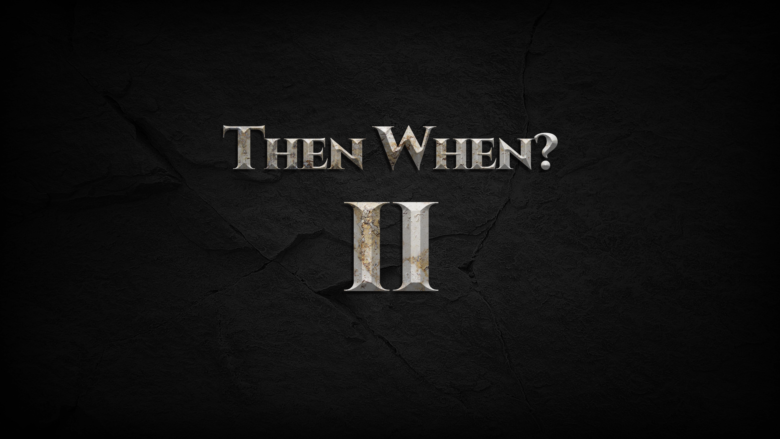
The Bible never explicitly mentions Jesus’ birthdate. Despite this, the actual date of his birth can be discovered, but we have to piece together the biblical, historical, and astronomical evidence to get the correct picture.

In this episode, Tim discusses the chronological components in the Infancy Narratives in greater detail, in particular Schurer’s Folly–the miscalculation by eminent German theologian Emil Schurer placing the death of Herod the Great in 4 BCE instead of the accepted Read More …

Posted on1 Comment
This week’s episode corresponds to Rosh Hashanah 2021. Michael Parker and I take the time to unpack the biblical astronomy of Revelation 12:1 & Genesis 49:10.

I’m flying solo this week. Michael will rejoin us soon. Today I discussed the origins of God Save the King (the first books I read that hypothesized that Jesus was not born on December 25), how we got the title Read More …
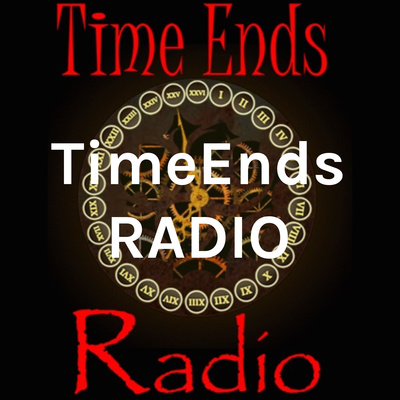
Posted on2 Comments
This past week I recorded a podcast for Time Ends Radio. The host of TER is an old friend, Maxx Navas—he and I worked together at Guitar Center in Stevenson Ranch, California. Some quick comments about this interview: Although predominantly Read More …

Sukkot–The Feast of Booths, Part 4 According to Hebrew hermeneutics, each verse of the Bible may have as many as four levels of interpretation. The first level is called peshat,[1] and refers to the plain, direct, intended, and explicit meaning of the Read More …
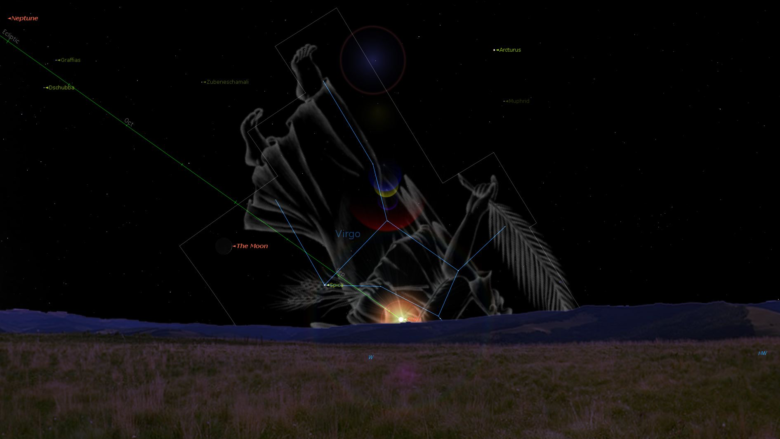
Author’s note: The above representation is technically incorrect as it shows the Woman Clothed with the Sun in darkness (and therefore clearly visible) above the horizon despite the sun not having set. This is a visual aid to help us Read More …
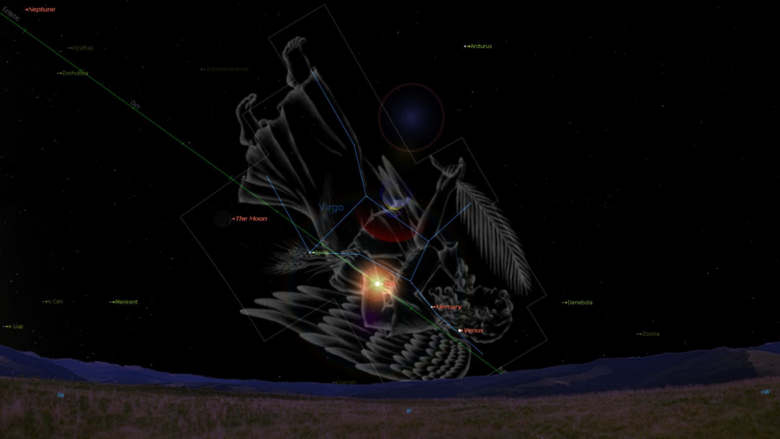
The “morning” observation took place during the darkness before sunrise and then continued until the sun’s brightness occluded most other celestial objects. The “evening” observation worked in reverse. It began with the sun still above the horizon when most other celestial objects were still “invisible,” until the sun set enough for twilight to begin and these other celestial objects to start to become visible. Read More …
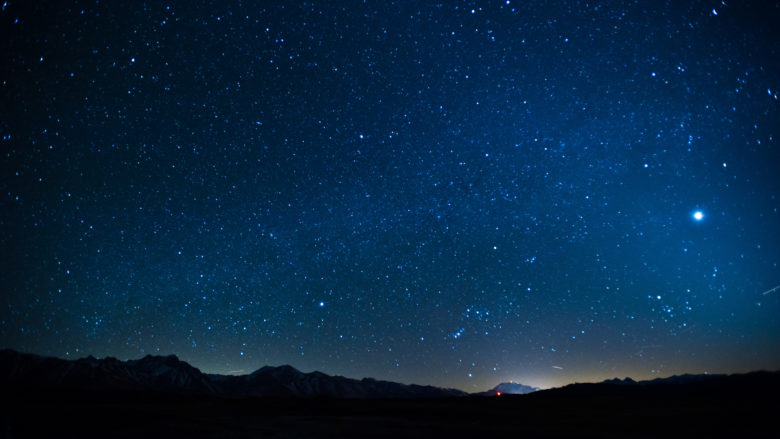
There are over 350 catalogued books and articles concerning “His star” (Matthew 2:2) in the Library of Congress in Washington, D.C. (1) Now after Jesus was born in Bethlehem of Judea in the days of Herod the king, magi from Read More …